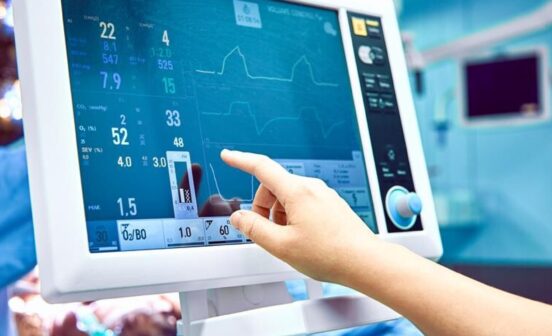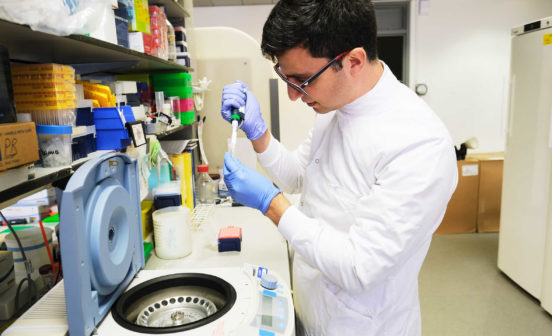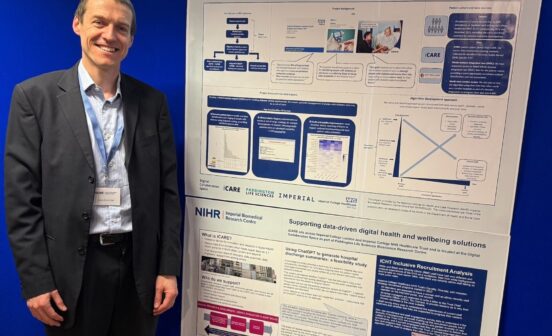DeviceInformatics ApproachesVideo AI and aeronautic models used to optimise blood flow and improve haemodialysis
Haemodialysis is the most common form of renal replacement therapy for patients with end-stage kidney disease. During haemodialysis, typically performed three times per week, blood from a patient is passed through a dialyser to remove waste products before being returned to the body. This process is dependent upon easy access to the vasculature. This is enabled through the creation of an arterio-venous fistulae (AVF), whereby an artery and vein are surgically connected, usually in a patient’s arm. Ideally, the AVF will mature within 6-8 weeks, but worldwide approximately 40% do not work as expected within the first year, requiring repeat surgery.
It is thought that the AVF failure may be caused by non-physiological blood flow, resulting in inflammation of the blood vessel walls. A multi-disciplinary research team from Imperial has investigated these abnormal blood flow patterns, using machine learning and computer modelling techniques typically used in the aerospace industry. The study, by Dr Peter Vincent from the Department of Aeronautics, as part of a collaboration across the Imperial College Academic Health Science Centre (AHSC) including NIHR Imperial BRC researchers from Hammersmith Hospital, has further extended the machine learning to optimise the shape of an AVF to suppress unsteady blood flow. This enabled them to produce a prototype device to hold the AVF in an optimal shape, which has been tested in proof-of-concept studies. Although it is likely that it will be several years before the device can be tested clinically, it offers promise to patients who are reliant on dialysis and shows that techniques developed in other industries can be used to optimise medical devices.
This study was supported by the NIHR Imperial BRC, CD-Adapco, the British Heart Foundation, the Aldama Foundation, and the Engineering and Physical Sciences Research Council. It has been published in Physics of Fluids.






